How to make your bedroom more relaxing – 7 simple methods
Struggling to get to sleep? Here's how to make your bedroom more relaxing
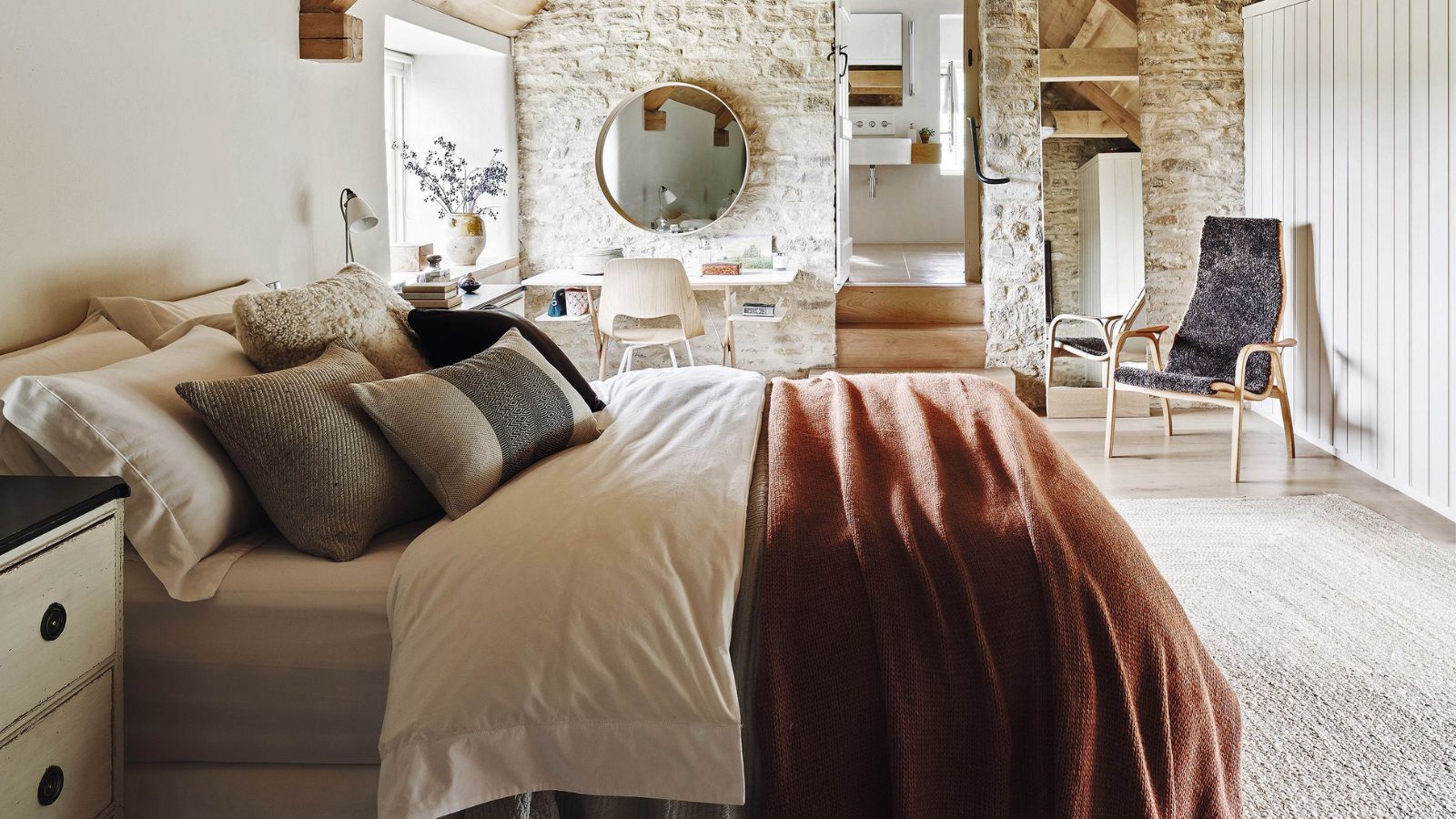

Sleep is vital to our wellbeing and our bedrooms should be a place that’s conducive to rest and relaxation. We all need a space in our homes that allows us to de-stress and unwind, or we run the risk of not getting a restful night’s sleep.
It’s important to make sure your bedroom lends itself towards relaxation, but it's not always easy to see how to achieve a room that truly helps you unwind. With so much to consider, it can be hard to know what to tackle first.
That's why I spoke to experts on the best relaxing bedroom ideas, and creating the best setup for better sleep.
How to make your bedroom more relaxing: expert tips
You might be planning a completely new bedroom design, or just want some ideas for quick updates, there are plenty of bedroom ideas out there to transform your space.
1. Start out with the essentials
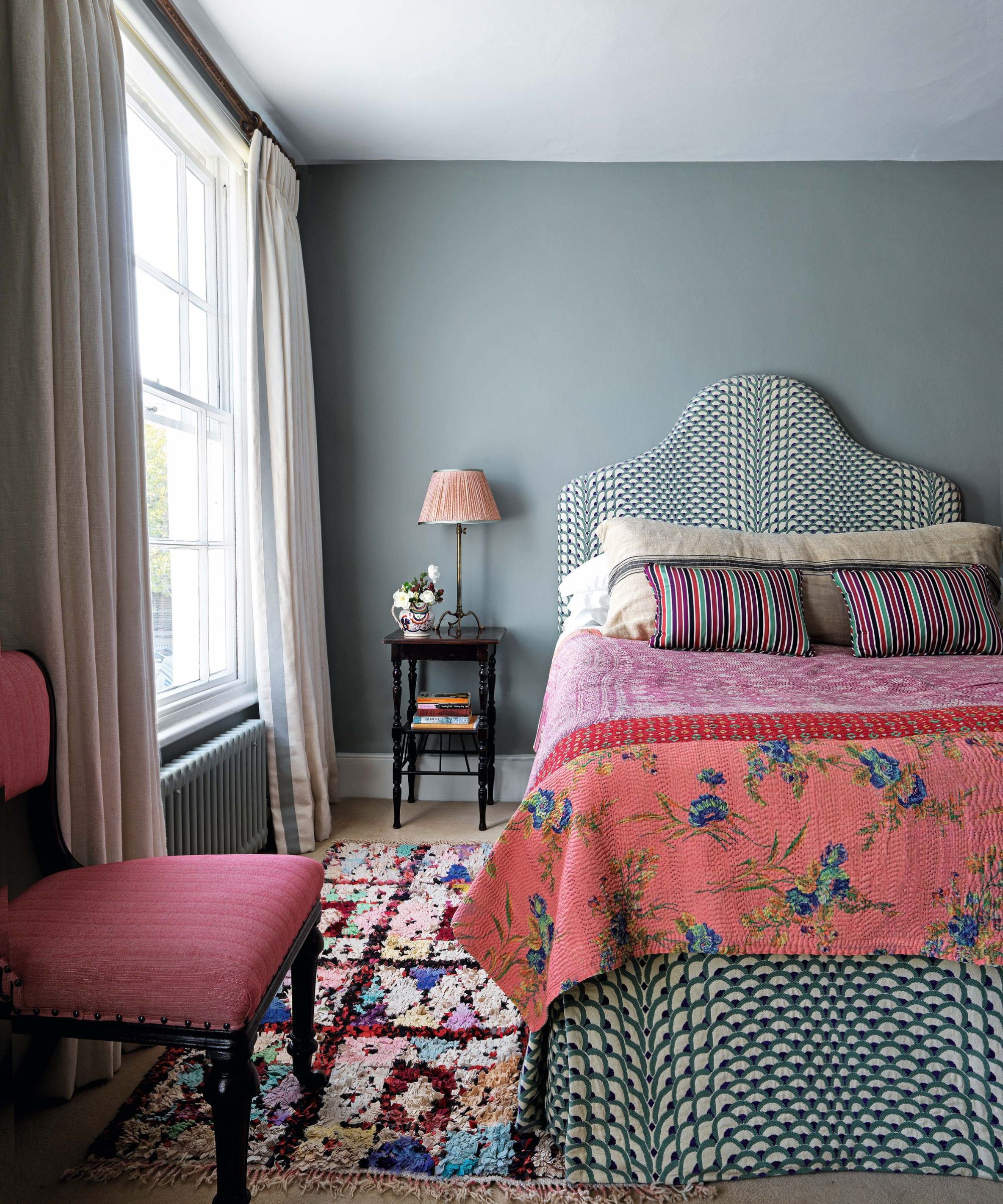
You can make your bedroom look as inviting as you like, but it won’t mean anything if you don’t have a comfortable bed to sleep on. If your mattress and pillow have seen better days, consider investing in one of the best mattress and best pillow picks to help you drift off more comfortably. Many modern mattresses come boxed up in a roll and the advantage of buying one of these online is the long trial period they offer. This means you can try out a mattress to make sure it suits your sleeping style before committing.
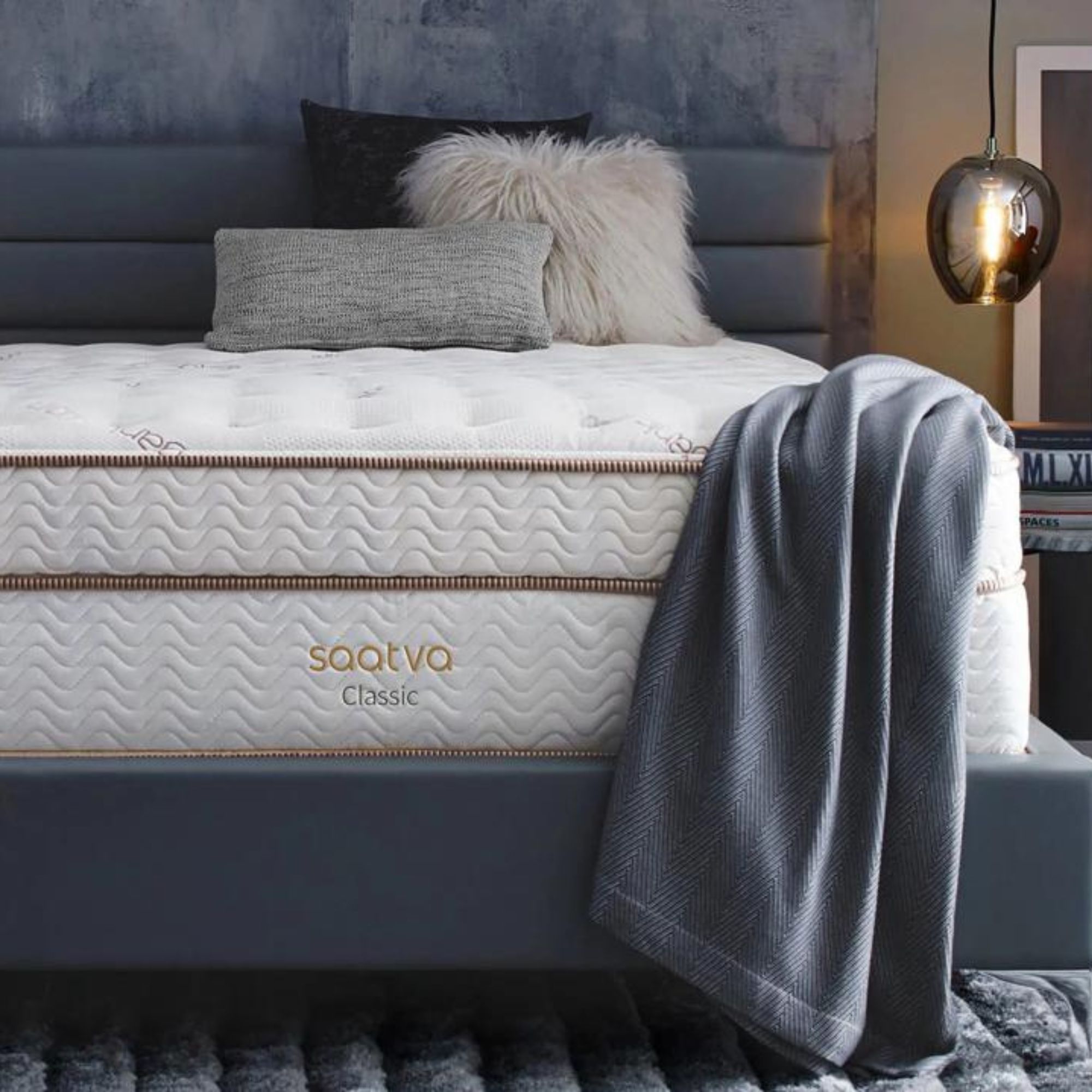
The Saatva Classic is our number one mattress. It's quite simply the most comfortable bed we've ever tested. This hybrid mattress suits pretty much everyone and we think it's a great night guaranteed.
More details in our Saatva Classic mattress review
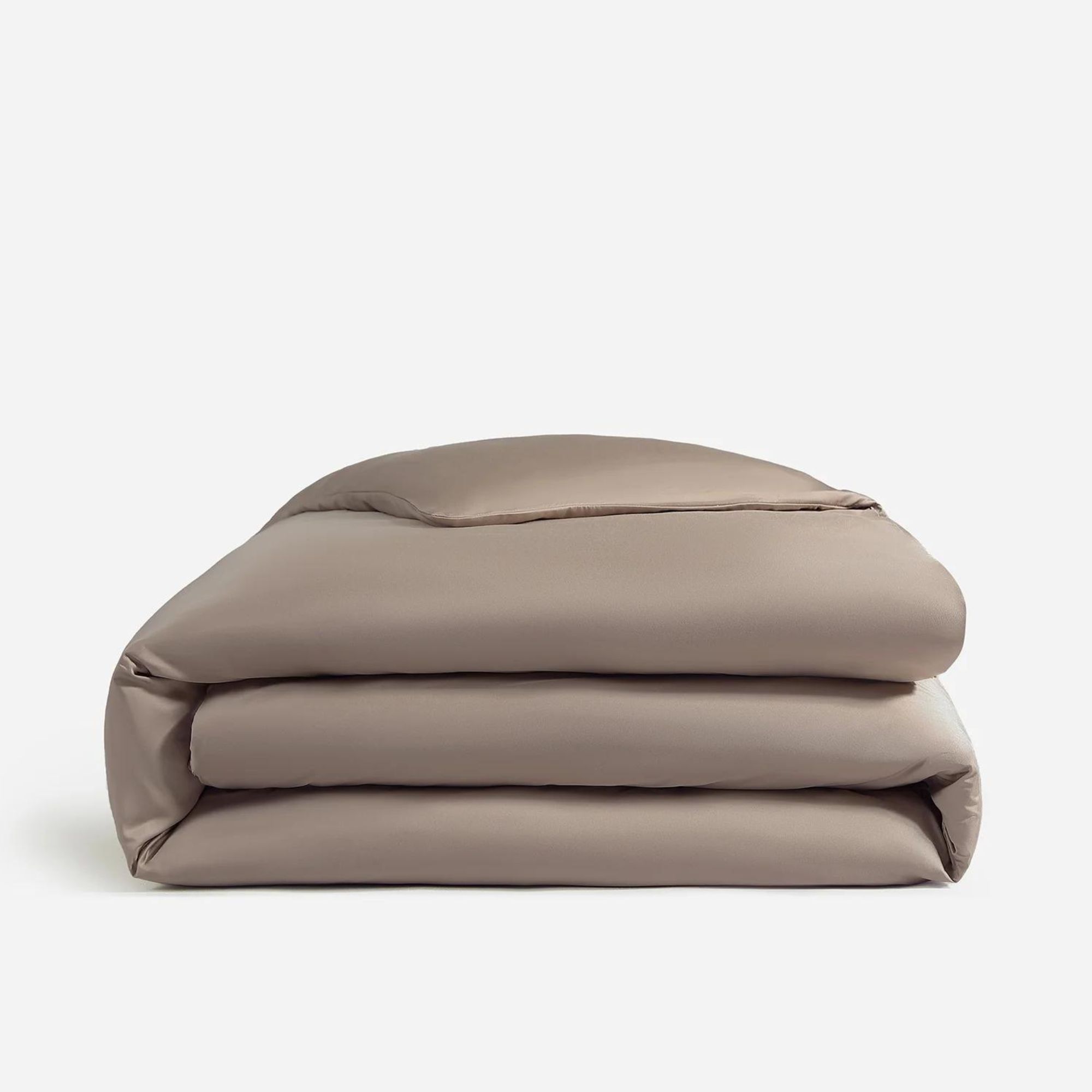
These bamboo bed sheets are the softest we've ever tried, and also the most expensive. They look and feel unbelievably luxurious, and they're great for keeping you cool. The only drawback is the price.
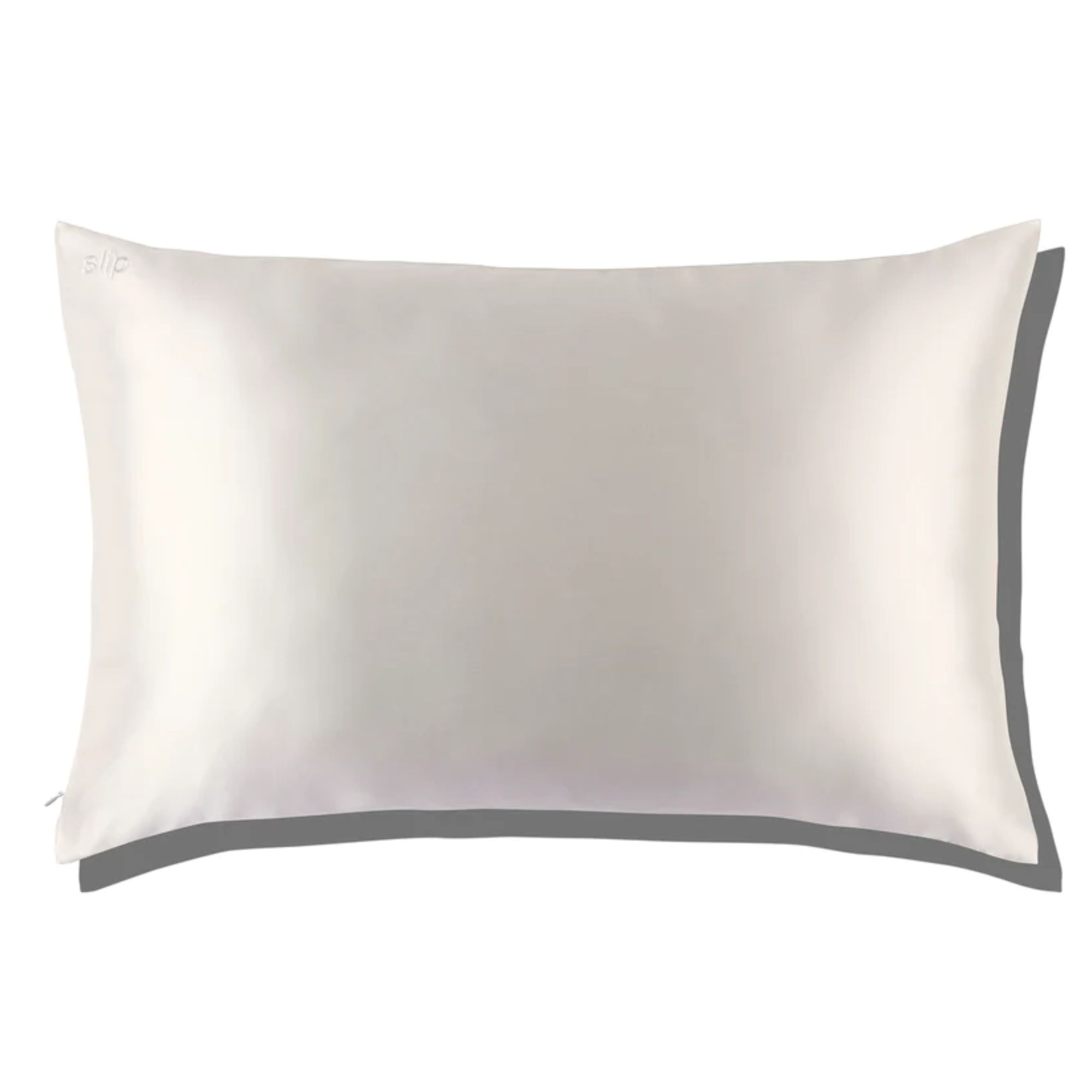
Our resident sleep expert still uses this silk pillowcase. Soft and cooling, we've confirmed first-hand that this silk pillowcase can help with acne as well as making any sleep set-up feel luxurious.
2. Choose the right textures and textiles
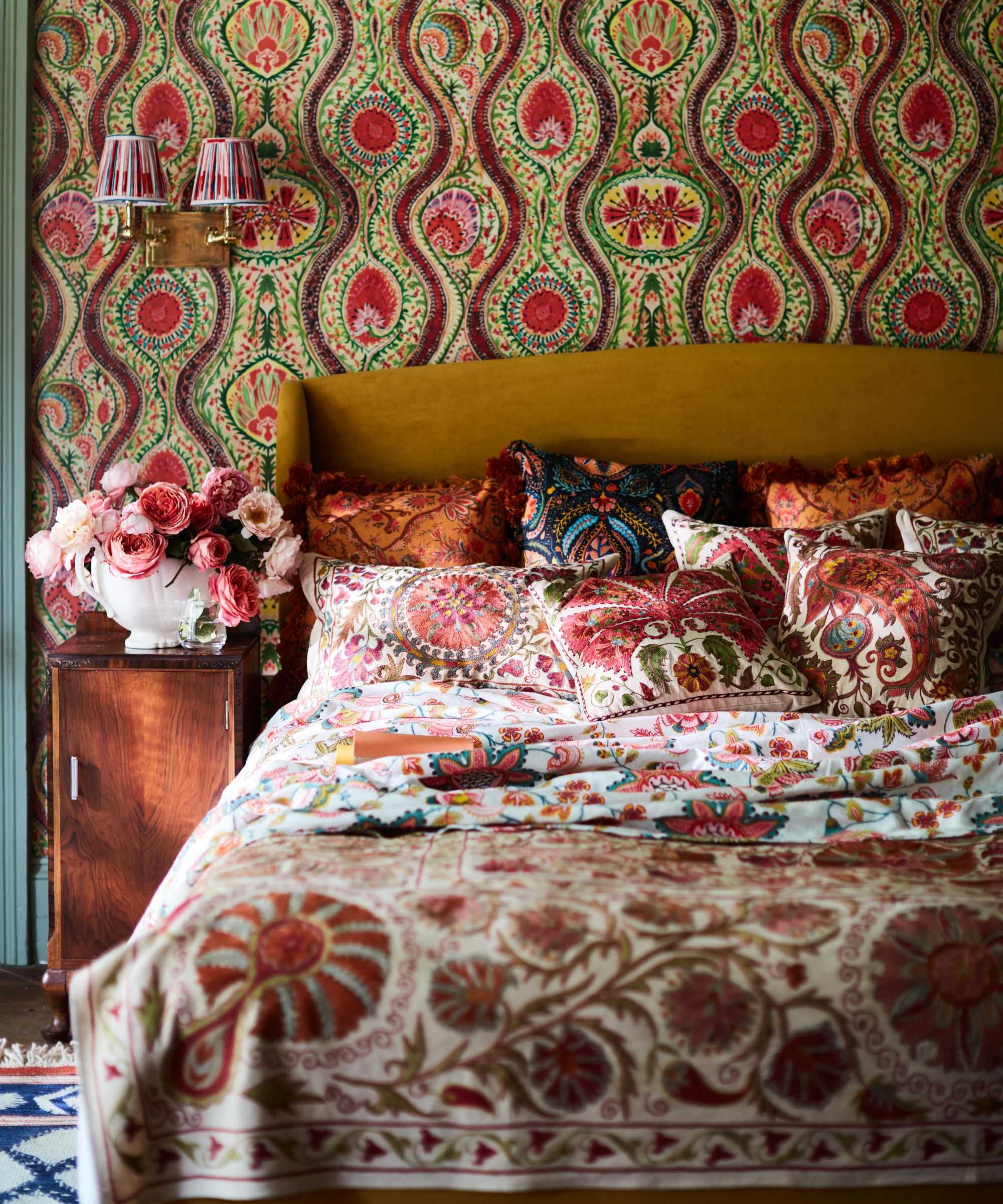
It’s not just your bed that’s important. The bedding and fabrics that we put on our bed also make a huge difference. 'The best way to create a soothing bedroom that relaxes you is to lean into layered textiles', says Ksenya Malina, founder of New York-based design studio Time & Place Interiors. She says that these mean you can 'create a soft, comforting vibe through an area rug, throw blankets, pillows, and fabric window treatments. Go for natural fibres in varying textures like alpaca, linen, mohair, wool, cotton, or silk. Avoid synthetics, whose materials often emit unhealthy volatile organic compounds (VOCs) that can lead to respiratory discomforts'.

Ksenya Malina is the Founder and Principal at Time and Place Interiors. She is a certified WELL AP through the International Well Building Institute.Time & Place Interiors provides interior decorating services.
Artem Kropovinsky, interior design expert and founder of Arsight, a New York-based design firm, agrees with this. 'Don’t underestimate the power of textures. Incorporate different materials such as linen, wool, or silk in your bedding and drapery. This creates a tactile environment that not only looks comfortable but feels cozy and inviting. The goal here is to make your bed irresistible; a haven you long to retreat to.'

Founder of NYC-based interior design firm, Arsight, Artem Kropovinsky has a decade of extensive global design experience, connecting a cohesive, collaborative team of passionate professionals, who work on interior projects in the U.S. and worldwide.
3. Think about your light
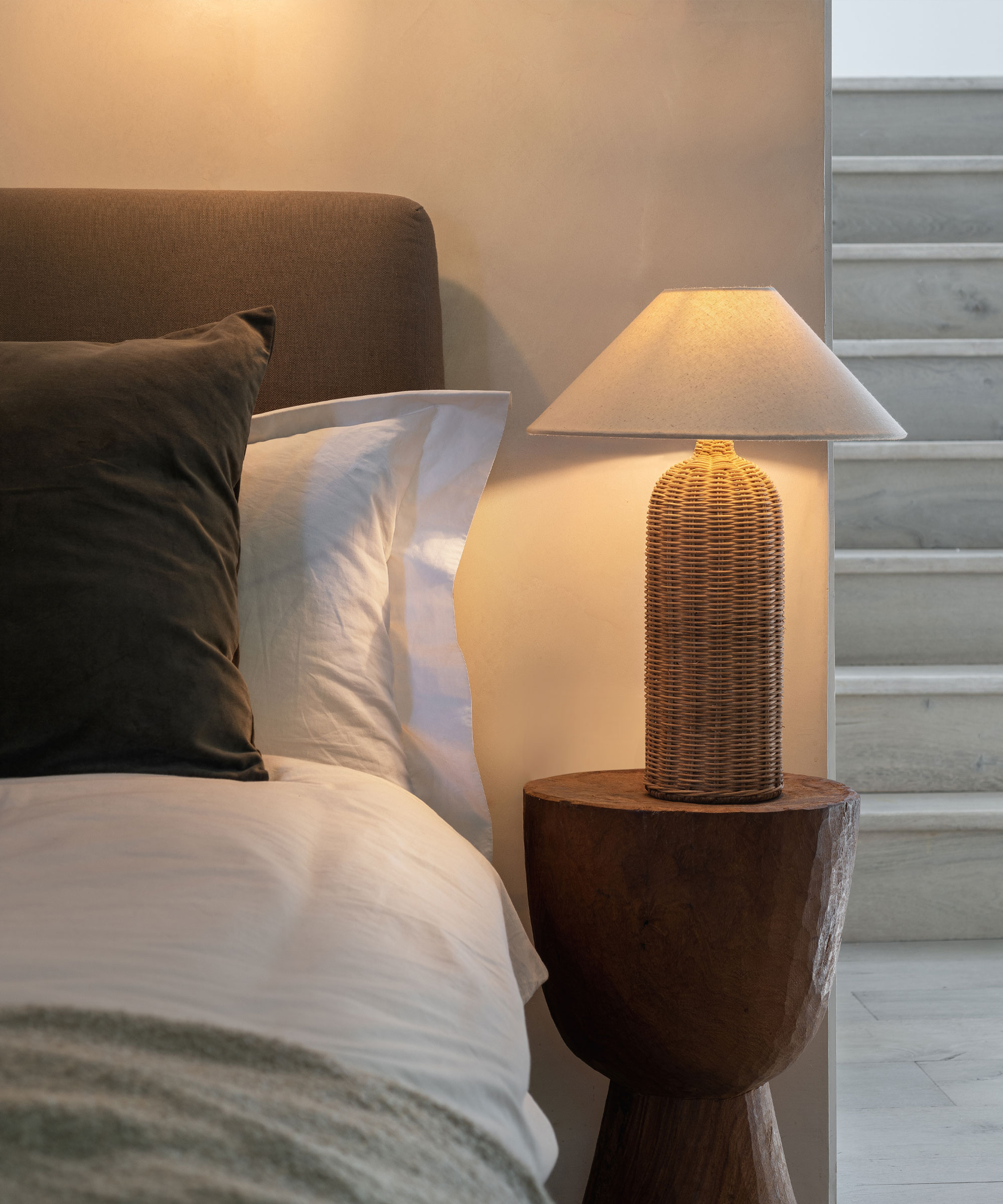
When it comes to your bedroom, you need to think about both the natural light coming through your windows and the artificial light you add in.
'Let the light in, but control it, explains Artem. 'Light has a huge impact on our mood and sleep patterns. Natural light during the day is wonderful, but having the ability to block it out when you're ready to sleep is crucial. Invest in good quality curtains or blinds that can regulate light to your preference.'
The wrong artificial lighting can also make a bedroom feel cold and clinical, which isn’t conducive to a peaceful environment. Some LED light colors are better than others for sleep, too.
'Craft a personalized ambiance with lighting', explains Artem. 'Incorporate soft, warm light sources for a calming atmosphere. Whether it’s a table lamp with a dimmer, like this at West Elm or carefully placed warm LED string lights, like these from Amazon, your lighting choices can significantly affect the mood of the room.'
4. Choose the right color palette
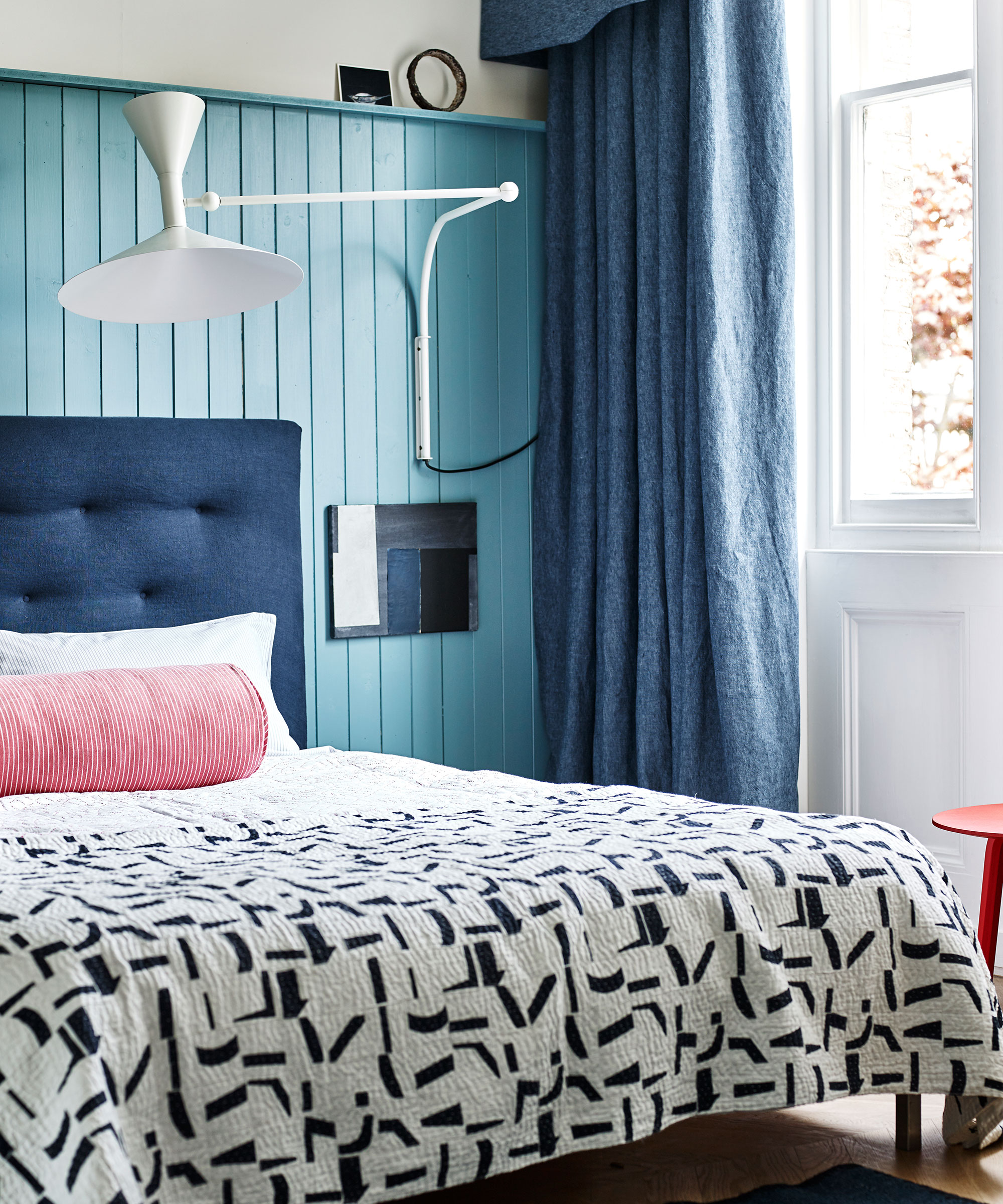
'Consider using soft, soothing colors that bring the tranquillity of nature indoors,' suggests Artem. 'Hues such as light blues, greens, and greys can lend a calming aura to your space. Remember, your bedroom is a sanctuary, so your color choices should echo that sentiment'.
You don’t just have to use these colors on your bedroom walls. Keeping a consistent color theme throughout the bedroom aids with relaxation and recuperation. Ksenya recommends 'sticking to a pared down color family within the textiles to craft a soothing, relaxing design. However, to give interest to the space, avoid exact matches of colors or patterns repeated between the different elements.'
5. Add calming elements to help you sleep
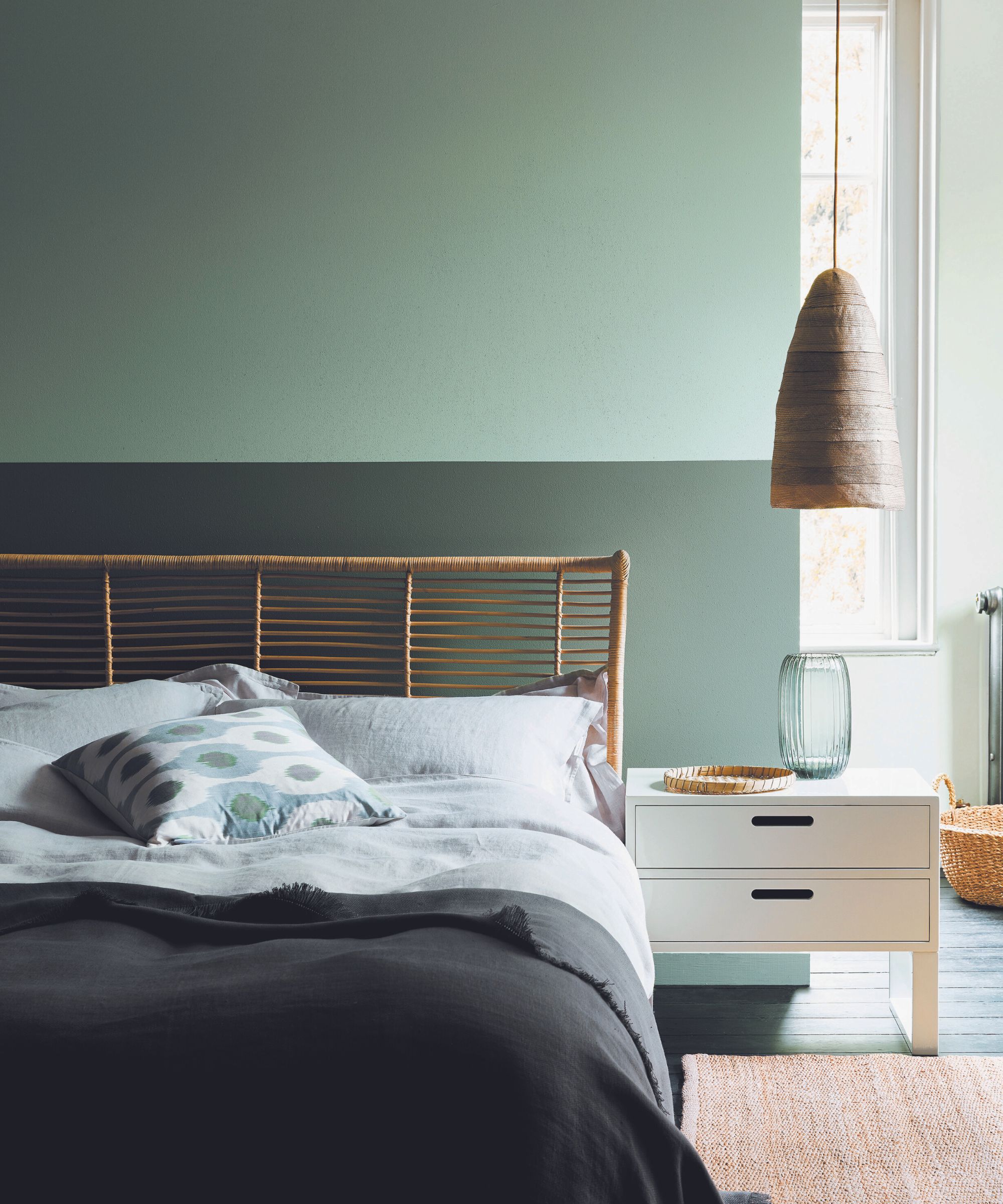
It’s always helpful to add calming elements into a bedroom, although it’s particularly useful if you struggle to sleep. 'Consider a diffuser with lavender essential oil, available at Walmart, or a sound machine that emits peaceful, natural sounds,' says Artem. 'These elements can trigger a relaxation response and make it easier to fall asleep.'
Sunrise alarm clocks, like the Philips SmartSleep Wake-up Light, are another good addition for those who struggle with a regular sleep schedule. The light in these clocks can be set to mimic both a sunset and sunrise to help promote a gentler and more natural sleep routine.
6. Declutter your environment
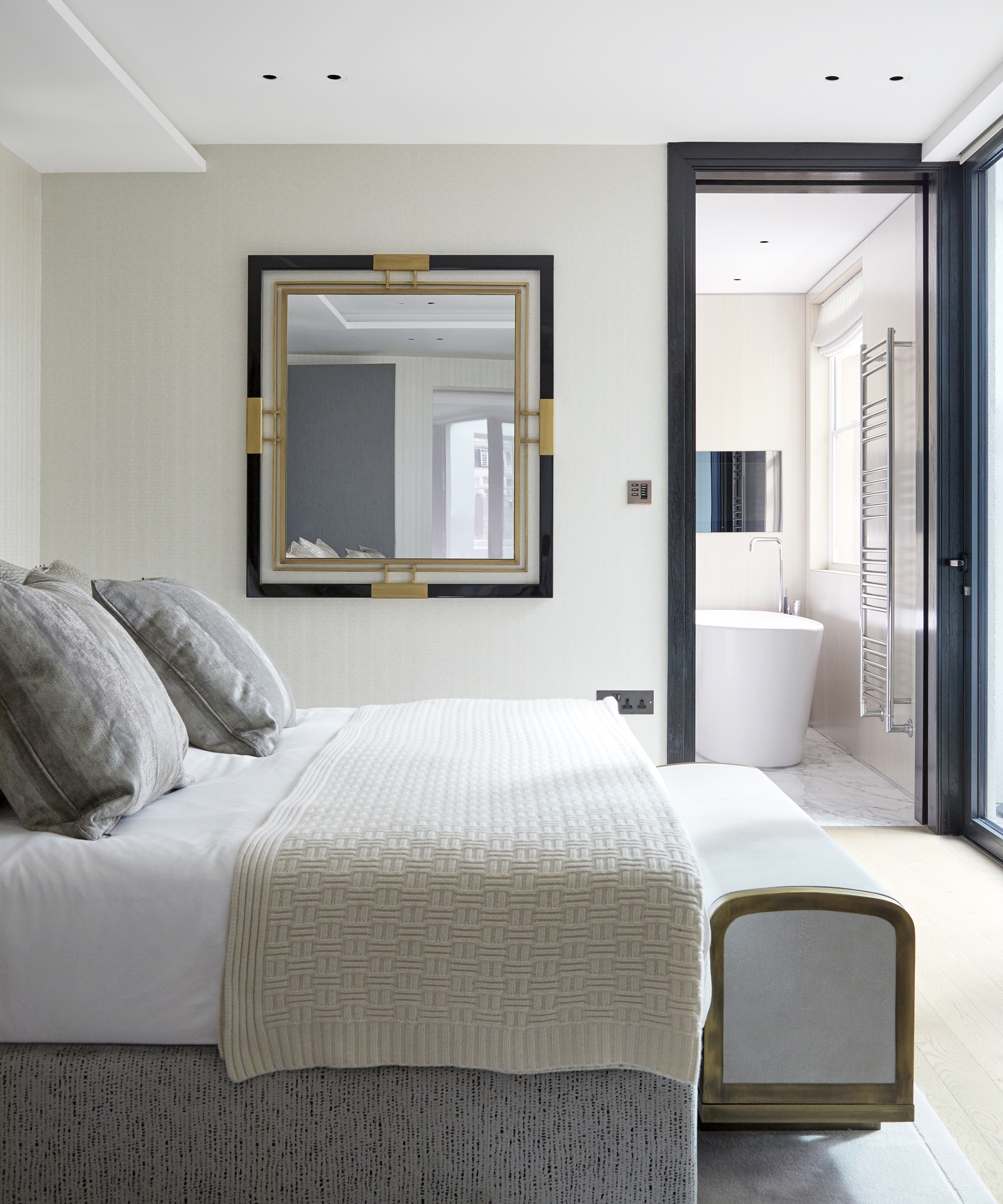
A bedroom that’s packed full of ‘stuff’ isn’t ideal to for relaxation, so decluttering a bedroom is an important step.
'A cluttered room leads to a cluttered mind,' explains Artem. 'Make use of clever bedroom storage solutions and keep your bedroom neat and orderly. Your mind will be able to relax more easily in a clean and tidy environment. A minimalist approach can help create a sense of serenity and calm. Choose a few quality pieces that speak to you, rather than an abundance of items that can create visual noise and detract from the sense of peace.'
7. Ditch your devices
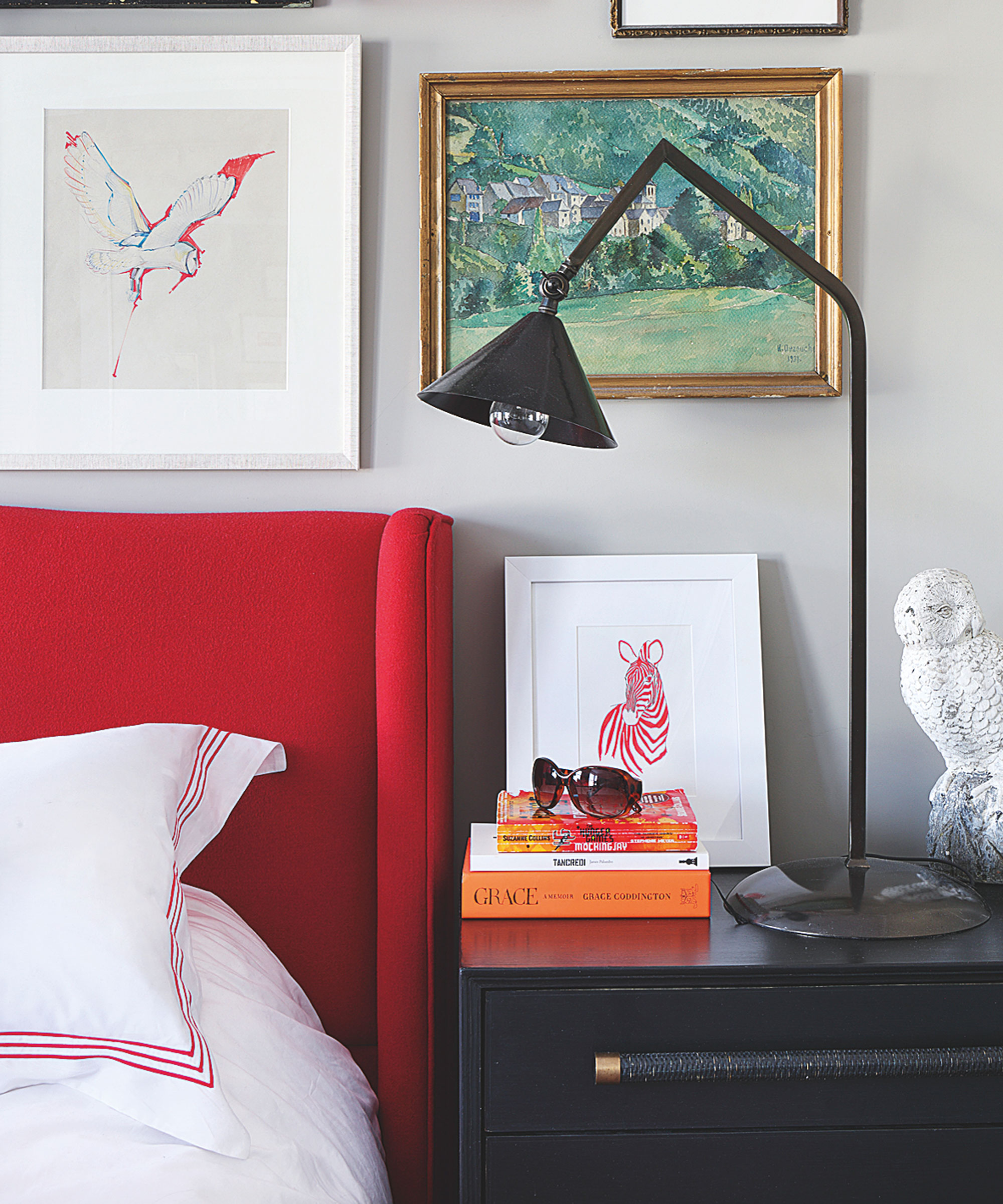
Most of us are guilty of taking our phones, tablets or even laptops to bed with us. But the blue light that they emit keeps us awake and doesn’t lend itself to restful sleep. In addition, scrolling through news or social media can be quite depressing in modern times and it’s not a great idea to go to sleep in a miserable mood. Instead, try reading a book or listening to gentle and relaxing music to help you wind down.
FAQs
What colors are relaxing for a bedroom?
While blue and green are said to be the most relaxing colors for bedrooms, it's important that you choose a color that you love, which might be beige (which is inviting and comforting, too), or terracotta (earthy and welcoming) or white (space-enhancing and goes creamy-white under artificial light). It also depends what you do in your room: if you use it as a hang-out at night, you might look at different choices than if you are looking for colors for sleep.
Of course, there will be times when you simply can't get to sleep. While you should always discuss insomnia with a doctor, there are tricks you can try to alleviate your sleeplessness like the 478 method.
Sign up to the Homes & Gardens newsletter
Design expertise in your inbox – from inspiring decorating ideas and beautiful celebrity homes to practical gardening advice and shopping round-ups.

Jo Plumridge is a freelance writer and photographer with over 20 years of experience writing for a variety of magazines, websites and books. She writes, perhaps unsurprisingly, about photography, but also on all things interior design and sleep-related, alongside reviews of home and tech products. Jo loves exploring the latest design trends, although she’s yet to find a carpet that doesn’t show up the cat hair from the cats she and her husband foster.
-
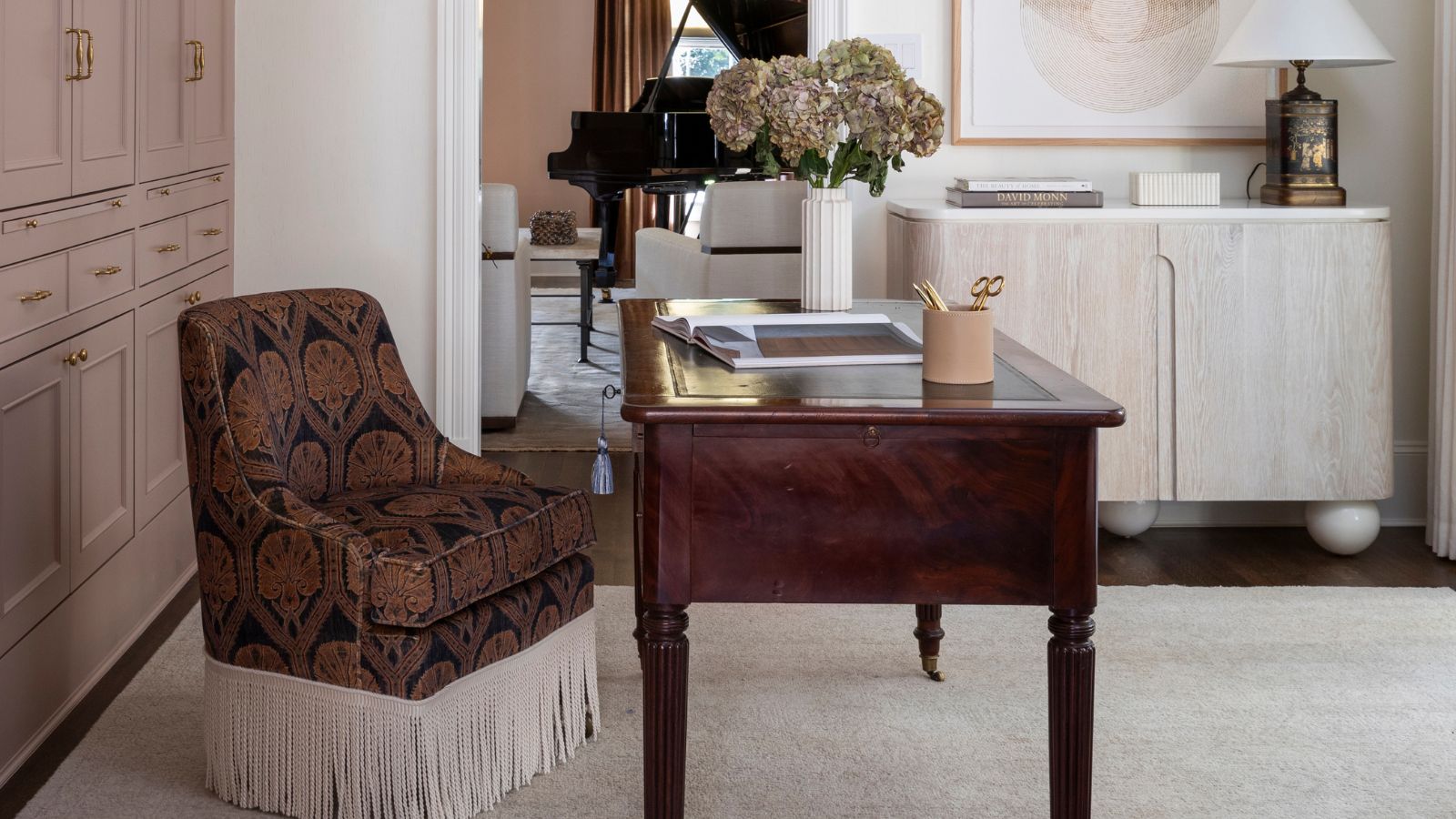 The rumours are true, the NYC trend for fringes and trimmings is actually happening – they are the secret weapon for making a room look expensive
The rumours are true, the NYC trend for fringes and trimmings is actually happening – they are the secret weapon for making a room look expensiveA trim or a ruffle is the finishing touch that can take a scheme from ordinary to the extraordinary in an instant
By Jennifer Ebert Published
-
 How to grow impatiens – garden experts reveal the secrets to growing this shade-tolerant, sparkling summer plant
How to grow impatiens – garden experts reveal the secrets to growing this shade-tolerant, sparkling summer plantBoth 'Busy Lizzie' and 'New Guinea' impatiens can thrive in shady yards
By Ellen Wells Published